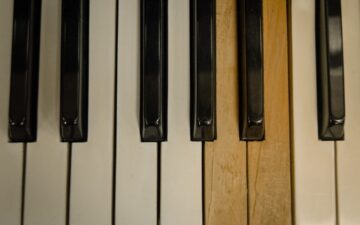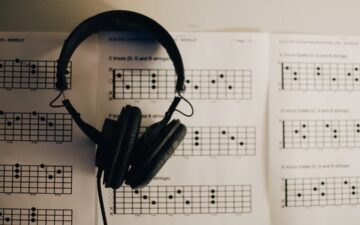Have you ever wondered why a piano and a violin sound so different even when they play the exact same note? The answer lies in one of music’s most fascinating yet often overlooked elements: timbre in music. Often described as the “color” of sound, timbre is what gives each instrument its unique sonic personality and…
Articles
Borodin In the Steppes of Central Asia: A Musical Journey Through Sound and Story
Discover the story and structure of Borodin’s In the Steppes of Central Asia. Learn how melody, orchestration, and rhythm create vivid musical imagery.
Top 5 Mistakes Music Beginners Should Avoid
Avoid the most common mistakes beginner musicians make. Practical tips to save time and frustration in your learning journey.
Morning Mood by Edvard Grieg—Analysis, History, and Cultural Significance
Few pieces of classical music capture the essence of a new day quite like Edvard Grieg’s Morning Mood. This enchanting orchestral work, with its instantly recognizable melody and luminous orchestration, has transcended its theatrical origins to become one of the most beloved compositions in the Romantic repertoire. Whether you’ve encountered it in a film, a…
How to Stay Motivated When Learning Music: Music Practice Motivation
Struggling to keep practicing music? Learn proven strategies to stay motivated and enjoy the process with this music practice motivation.
What Is a Chord Progression? Chord Progressions for Beginners.
Learn what chord progressions for beginners are and how you can use them to start writing your own songs. Easy tips for beginners.
Sight-Reading for Beginners: How to Read Music Faster
Improve your sight-reading for beginners skills with beginner-friendly exercises. Learn how to read music notes more easily.
How to Compose Your First Melody: Beginner’s Guide. Beginner Melody Writing
Learn beginner melody writing with our step-by-step guide. Discover the 3 building blocks of melody composition, avoid common mistakes, and compose your first melody today using practical exercises and expert tips.
Best Digital Tools for Beginner Musicians: Your Complete Guide to Musical Success
Discover the best free and paid digital tools that help beginners practice, learn music theory, and compose songs with ease.
5 Romantic Era Composer Highlights You Should Know
Discover 5 essential Romantic era composers who shaped classical music history. From Liszt’s virtuosity to Tchaikovsky’s emotional storytelling – explore their signature works and lasting influence on music.









